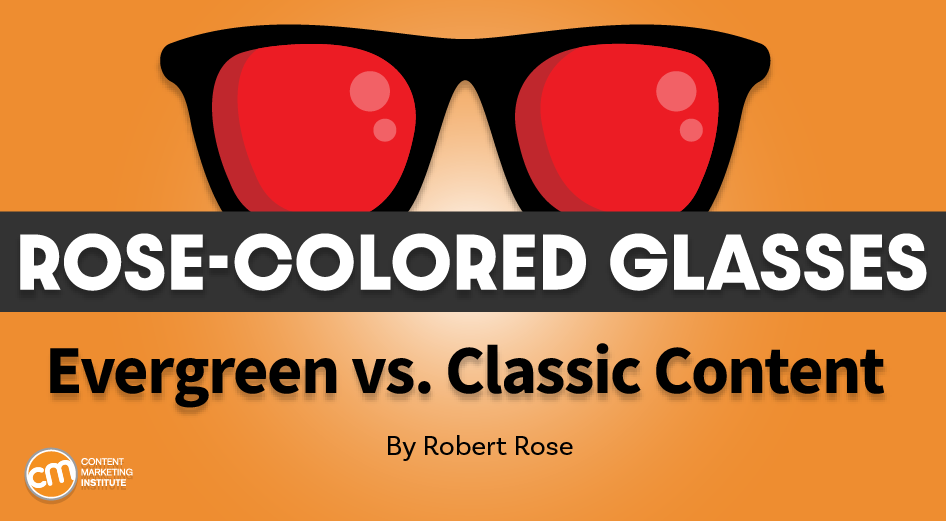Do images need a Good Housekeeping Seal of Approval?
Adobe seems to think so. At Adobe Max 2023, it unveiled a new icon – like, it says, a nutrition label for food – but for the provenance of images.
Is this a benefit for consumers? Is it for marketers to cover their backsides? Or is it just virtue signaling from Adobe?
Watch CMI’s chief strategy advisor Robert Rose explain, or keep reading his thoughts:
New icon reveals image’s history
Adobe, the maker of all things content from imaging to photo manipulation, content management to stock imagery, and audio and video creation software, introduced Content Credentials to all their platforms.
When the Cr icon appears on an image (and other creations), viewers can hover over the icon to see its history, including who made it, what – if any – AI tools were used, the caption, and the software used in its production.
Interestingly, the related site ContentCredentials.org indicates the technology is open source. So, in theory, you wouldn’t need to use Adobe products to add the Cr icon.
“You can actually explore the detailed history of an image over time. You can see how an image was (or wasn’t) changed,” Robert says.
Kudos to the Adobe team and all the partners they’ve signed on to the initiative, including Microsoft, Nikon, Leica, and Publicis.
Adopting a better strategy in the AI era
In the generative AI era, knowing when something is real or deepfake is increasingly hard to know. “This approach to fighting inauthenticity is not to detect the fake images but to certify the authentic ones,” Robert explains. “If the content doesn’t have some kind of certification, then you can – and probably should – question it.”
He sees this as an opportunity for marketers, especially those in industries where things are more likely to be faked – news media, fashion, consumer packaged goods, nonprofits, politics, etc.
“Being more transparent about the content you create and showing the provenance of the images you create are important in developing consumer trust,” Robert says.
Whether Adobe’s Content Credentials will stand the test of time remains to be seen, but it is a step in the right direction. Will you see it evolve into video and audio assets?
In the marketing industry, how many marketing teams will use it and incorporate it into content management processes? Robert says he could see digital asset management systems using this data – or a version of it – to sort through what’s allowed and not allowed to be used across multiple content-related teams.
What do you think? Does the world need nutritional labels on content?
Let us know on CMI’s social channels.
HANDPICKED RELATED CONTENT:
Cover image by Joseph Kalinowski/Content Marketing Institute


![2024 B2B Content Marketing Trends [Research]](https://contentmarketinginstitute.com/wp-content/uploads/2023/10/b2b-content-marketing-benchmarks-budgets-trends-research.png)



